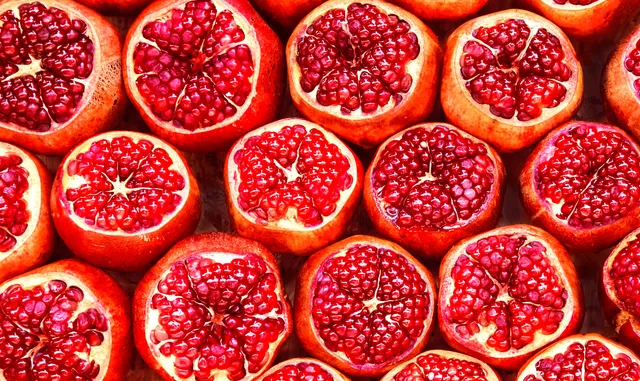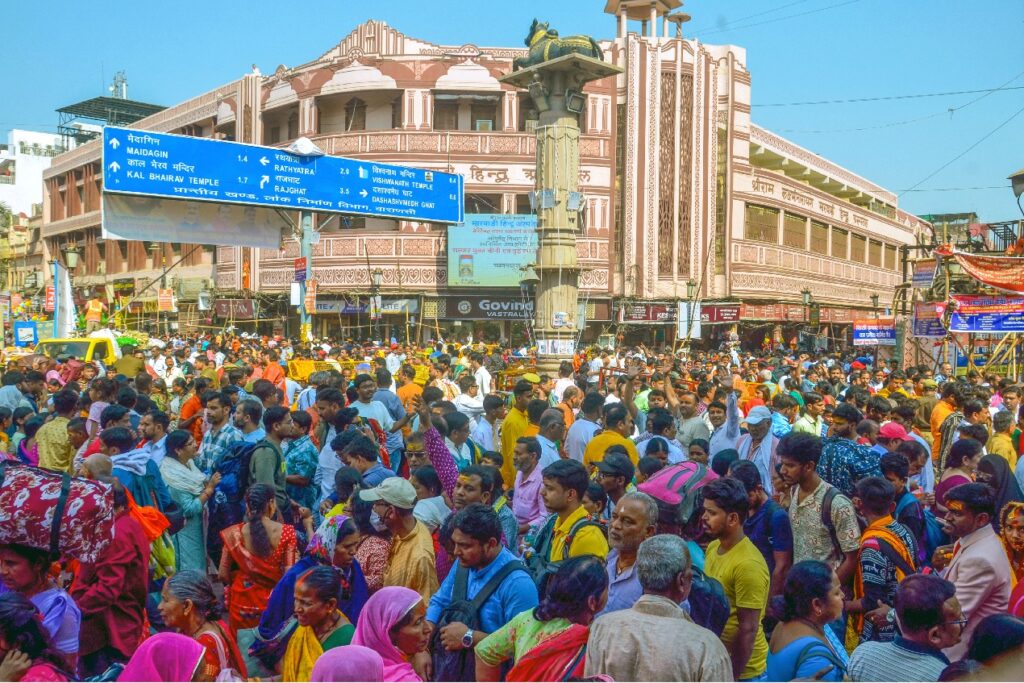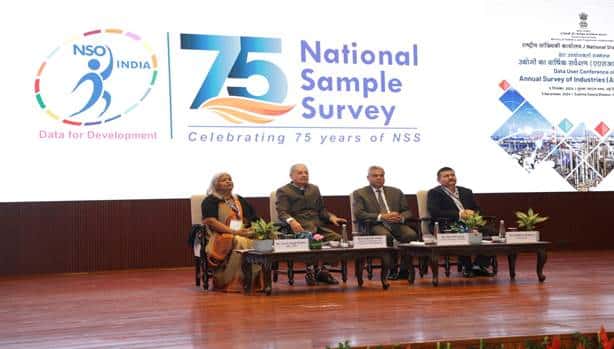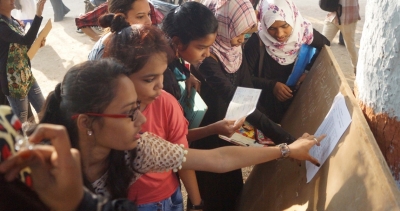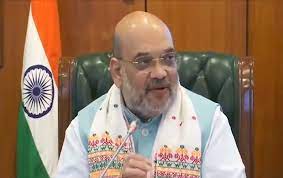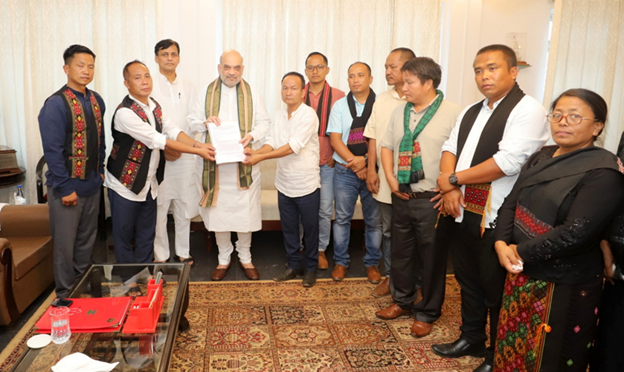Budget 2025: Modi Government Puts Farmers First
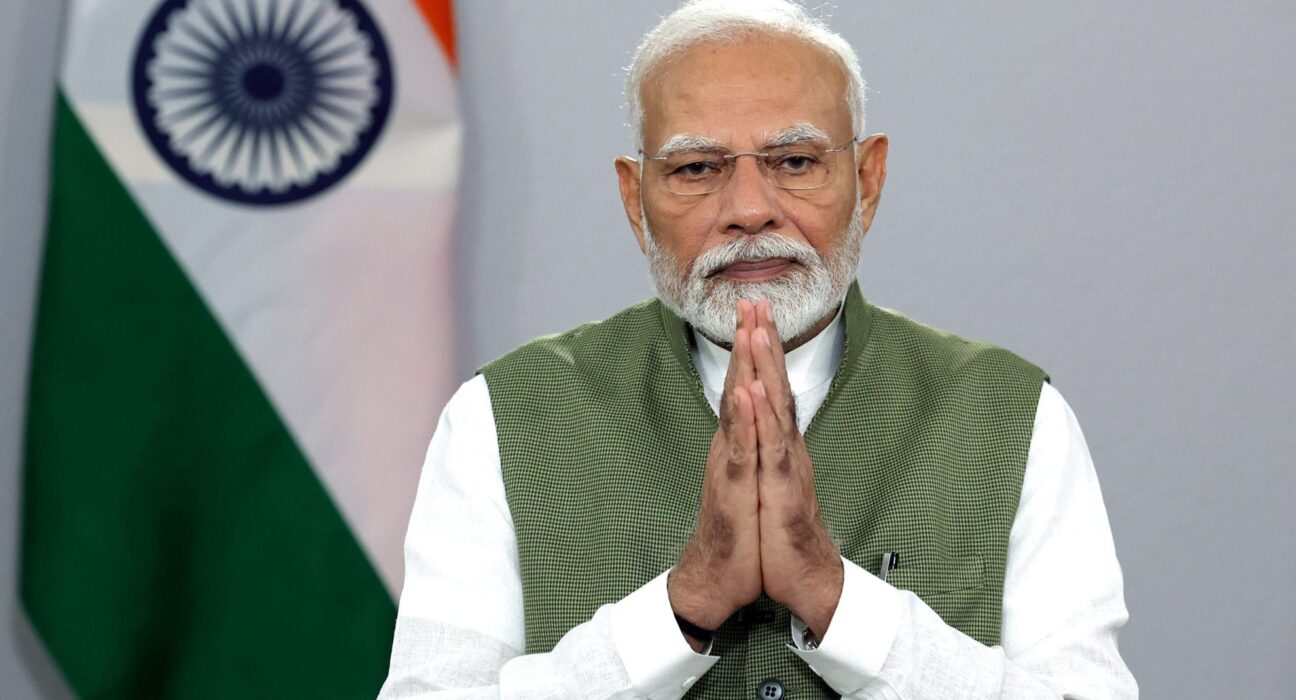
The Modi Government presented its second complete budget of its third term and its third budget within the last twelve months.
Politically, the last fifteen months have been an electoral roller-coaster for the country, and the Bharatiya Janata Party (BJP), led by Prime Minister Narendra Modi, has emerged as the primary preference of the voters across states and the country at large.
The BJP secured critical victories in Madhya Pradesh, Rajasthan, and Chhattisgarh in December 2023. In June 2024, the party registered an unprecedented victory in the Lok Sabha, along with Odisha and Arunachal Pradesh. The alliance secured victories in Andhra Pradesh and Sikkim at the same time.
However, the wins in Haryana and Maharashtra in the latter half of 2024 cemented the BJP’s pole position while leaving the Congress clueless, for their anti-farmer narrative against the government fell flat, as the voters rejected it, time and again.
The farmers have showcased their belief in the BJP, and the Modi government did not disappoint them in the Budget of 2025. A progressive policy-oriented budget was presented, focusing on improving farmers’ long-term prospects, incomes, and access to the local and global market.
For starters, the ‘Pradhan Mantri Dhan Dhaanya Yojana’ encompasses the hundred lowest productivity districts. These are districts that might be hindered because of geography, ecology, economic dynamics, prevailing infrastructure, groundwater levels, or acquaintance with new technologies and agricultural methodologies.
The government aims to cater to such districts through the new programme. Ideally, these districts, two to three years down the lane, can be the ideal benchmarks for modern agriculture. Crops that are not water-intensive, help the nation cut down its dependency on horticulture and pulses imports could be a good starting point.
Most of these districts have small and marginal farmers, and therefore, the Farmer Producer Organizations (FPOs) will have to be reimagined in their context. The local infrastructure will be required to ensure ease of access. Eventually, a special credit programme can also be curated for the FPOs in the low-productivity districts. The objective is loud and clear- to leave no farmer behind.
A lot many state governments have been voicing their concerns about the ecology of the region when it comes to the cultivation of water-intensive crops like wheat and paddy.
However, no sincere movement has been witnessed on the policy front. In Punjab, for instance, both Congress and Aam Aadmi Party (AAP) have made a case in their respective State Economic Surveys, and yet, the latter was the first to object to the idea of pulses cultivation when the BJP proposed it before the protesting farmers in early 2024.
The push for self-reliance in pulses opens up new opportunities for the farmers. The Centre has committed to procurement of pulses through its agencies, with no upper threshold on quantity, thereby easing the move for the farmers towards crop diversification.
The nation is already footing a huge import bill, given the evolving demand amongst consumers, even from the lower-income groups. Therefore, there is an opportunity for the farmers to capitalise upon. The government, through such policy moves, is offering the necessary nudge.
It must also be acknowledged that the Pradhan Mantri Garib Kalyan Anna Yojana has ushered in a shift in consumption patterns. People are now spending more on pulses and vegetables. To attribute inflation in vegetables and pulses to the supply alone would be incorrect, and the progressive shift in demand must be factored in.
The Economic Survey of 2025 documents how the production of tomatoes and onions exceeds the demand, and yet, the seasonal production, logistics challenges, and post-harvest losses add to the pricing woes across the nation. The government’s push for a comprehensive programme for vegetables and fruits must be seen in this context. A requirement of a new India is healthier and with more disposable income for non-cereal foods.
To further aid the farmers, a new urea plant, with a capacity of more than 12 lakh metric tonnes has been committed in Assam. Under the Modi Government, the domestic production of urea has gone up by 40 per cent in the previous decade, to over 310 lakh metric tonnes. The new plant in Assam will further augment India’s domestic capacity.
The focus on urea, including the curbing of leakages through neem coating, must be seen in the context of the global supply chain crisis. In 2022, when the war broke out between Russia and
Ukraine, the urea supply was disrupted.
Russia made up more than 11 per cent of global production, and many nations in the West were quick to sanction it. In Ukraine, another critical country for urea production, the war resulted in production going down by 80 per cent as per some estimates.
Any disruption in urea supply chains results in higher input costs for the farmers, and therefore, insuring them against global shocks is indispensable to serve their long-term interests.
Beyond the headlines around the tax cuts, the Budget of 2025 must be applauded for its long-term progressive view on agriculture. For the farmers, who are already benefitting under an array of programmes under the Modi Government, the budget addresses the macro factors that are moving global trade. From self-reliance to supply-side evolution, the budget gives the farmers a lot many reasons to cheer.


